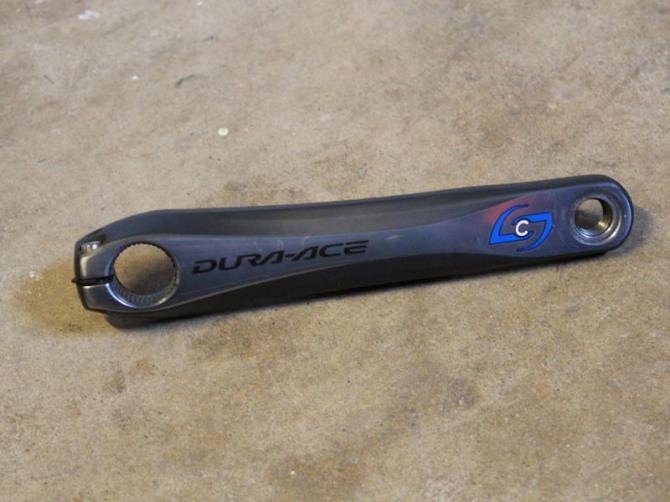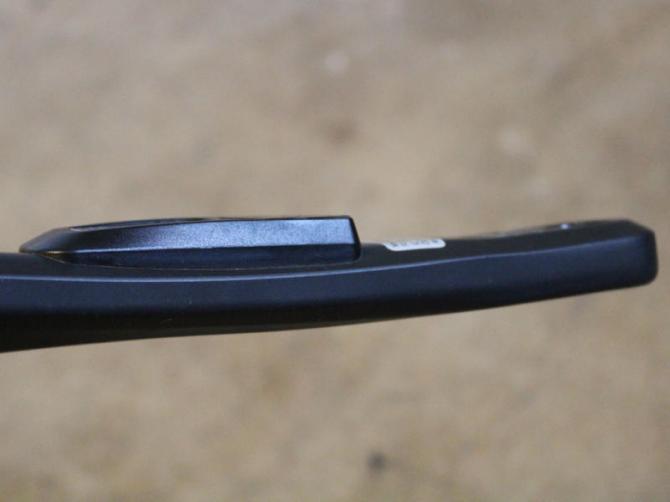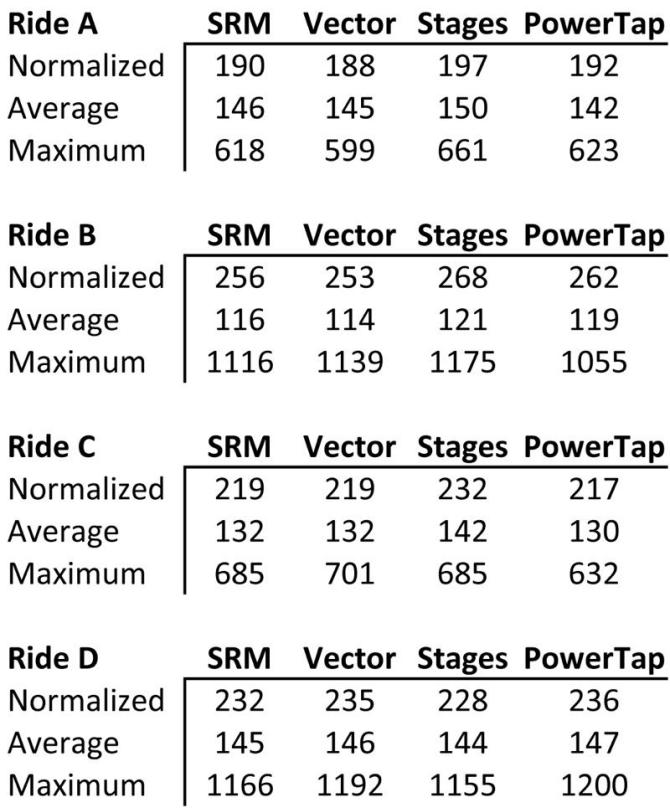You can trust Cyclingnews





This article originally published on BikeRadar
The Stages Power left-arm crank power meter is a reliable direct-measurement tool that comes at a relatively reasonable price. In months of testing, often against two and even three other power meters simultaneously, the Stages tracked predictably against well-established competition.
The design is quite simple in appearance and in concept – but complicated to execute. Stages measures power on the left side and doubles that figure for an ANT+ signal readable by head units such as Garmin’s Edge series, and a Bluetooth 4.0 signal for smartphones. There are no magnets to attach to your frame or additional sensors to ziptie on. A metal left crank arm for Shimano, SRAM or FSA simply bolts on your existing compatible crank. Clean and easy. At less than 20g, it is also the lightest real power meter on the market.
But does it work? Yes, it certainly does. We found data from multiple Stages meters to track closely with data from an SRM, multiple PowerTaps and a pair of Garmin Vector pedals, rising and falling in synchronicity when viewed in whole.
When out on the road during group testing of multiple power meters, we were often asked which one is the most accurate? Without a lab, we simply can’t answer that. We can only tell you the patterns and trends we found among the meters we tested. Stages, like the others, was consistent. Like with most power meters, we found Stages meters to have certain personality traits. For one rider, the data was consistently level with PowerTap meters but higher than an SRM and a set of Vector pedals by 5 to 10 watts, in most conditions over most distances.
Stages is betting the farm that one crank arm’s data, doubled, is good enough for most riders. Most people have similar power output between their two legs, Stages argues, and installing strain gauges and other componentry on one arm instead of both keeps the price down. For us, long-term data from concurrent Vector testing showed that left/right power output varied by about four percent in one rider over the course over several months. Yet during that time the primary metrics of average power, kilojoules and others tracked in a highly similar manner, with Stages’ data nearly always being slightly higher than that of the Vector (and SRM).
You could certainly argue that consistency is key, so long as you have the same reference point in your training. If you who already have an SRM or Vectors on one bike, you might not want to put a Stages or a PowerTap on another bike, as they seem to read slightly differently. But in most cases, most people who buy a power meter just buy one, rather than multiple models.
Which brings us to another point: all power meters chain you to some sort of component, be it pedals with the new Garmin Vector, a crankset for SRM or Quarq, or a rear wheel for PowerTap. Determining which power meter is right for you depends, in part, on "what kind of problem you want to have", as veteran coach Joe Friel succinctly put it.
In our testing, we also requested a SRAM Rival crank so we could swap it back and forth between a cyclo-cross bike and a time trial bike. Moving the Stages from bike to bike is essentially the same as moving any other left-hand crank arm, except that you need to do a quick calibration on the meter once it's on for best results.
Once it's on, it's impossible to tell on the bike scale that you indeed have a power meter on. While Stages claims their meter weighs 20g, we measured the difference between a stock 7900 crank and the Stages 7900 crank as 14g. Weight weenies rejoice!
We appreciated the visual cleanliness and ease of use with the Stages meter. Unlike SRM or Quarq, which require a magnet to be attached to your frame, Stages uses an accelerometer to trigger power measurement and measure cadence. Perhaps because of this, however, there is a split-second lag in the initial power reading when you begin to pedal. All power meters have a bit of a lag – in part because of ANT+ protocol – so Stages' lag was only noticeable when a row of Garmin Edge computers on the handlebar showed one number pop up a fraction of a second before another. All that to say – this is splitting hairs.
We also appreciated the integrated, real-time calibration. While many power meters require a calibration to adjust to changes in temperature, Stages does it for you. Easy.
Once paired with a head unit, the Stages power meter works like any other good meter. You get a steady number on your screen, because data is captured four times a second and the average of this is transmitted on ANT+ once per second. In addition to the basic power measurement, Stages also now gives you torque efficiency and pedal smoothness, two metrics that have been introduced with the Garmin Edge 510 and 810 computers. There is no left/right measurement, of course.
ANT+ isn't perfect. In testing of Stages, SRM and others, we paired multiple Garmin Edge 500 computers to the same meter with the same recording settings (1 second recording, zeros averaged) and a synchronized start/stop. Without fail, the resulting data would be slightly different. Average power would vary by 1 to 2 watts, and maximum recorded power would vary by as much as 26 watts.

Stages transmit on ANT+ and Bluetooth 4.0. Battery installation is tool-free, and Stages' latest firmware update includes a low-battery warning for ANT+ head units
The Stages meter is remarkable in that it broadcasts in ANT+ and Bluetooth Smart. Most power meters use ANT+, as do most head units. With Stages, you can also record power data with smartphone apps like Strava or Wahoo Fitness. We had mixed experiences with the Bluetooth. While Stages would connect to Strava or Wahoo Fitness every time without problem, the phone sometimes lost the signal when we put it (iPhone 4s and 5) in our jersey pocket. This happened for a couple of riders, but some had no problems. When riding with the smartphone in a handlebar holder, the Bluetooth power data was uninterrupted.
The Bluetooth allows easy checks, updates and calibrations through your smartphone. Stages' recent firmware update, for example, loaded in about a minute.
Although Stages’ parent company has been making crank-based power meters for gym bikes for years, the Stages brand and product was introduced at the end of 2012. As such there were a couple of hiccups with a few early batches of product, including a faulty epoxy and batteries. Some riders experienced very short battery life, perhaps because water snuck into the unit. Stages insists that these problems have now been addressed, and any customers who had issues were offered replacements.
Bottom line
The Stages power meter is a solid solution, especially for riders looking to get into training with power for the first time. There is no tangible weight penalty, installation is easy, and the measurement is consistent.
Price: £799
Pros: Repeatable, dependable power measurement; low cost; easy to use; very low weight
Cons: Left-crank-only measurement; battery issues on some early-production units; weak Bluetooth signal
Buy if: You want a power meter that weighs virtually nothing and doesn't break the bank
BikeRadar verdict: 4 stars
More information: www.stagescycling.com